Poisons in paradise: How Mexican cartels target Hawaii with meth, fentanyl
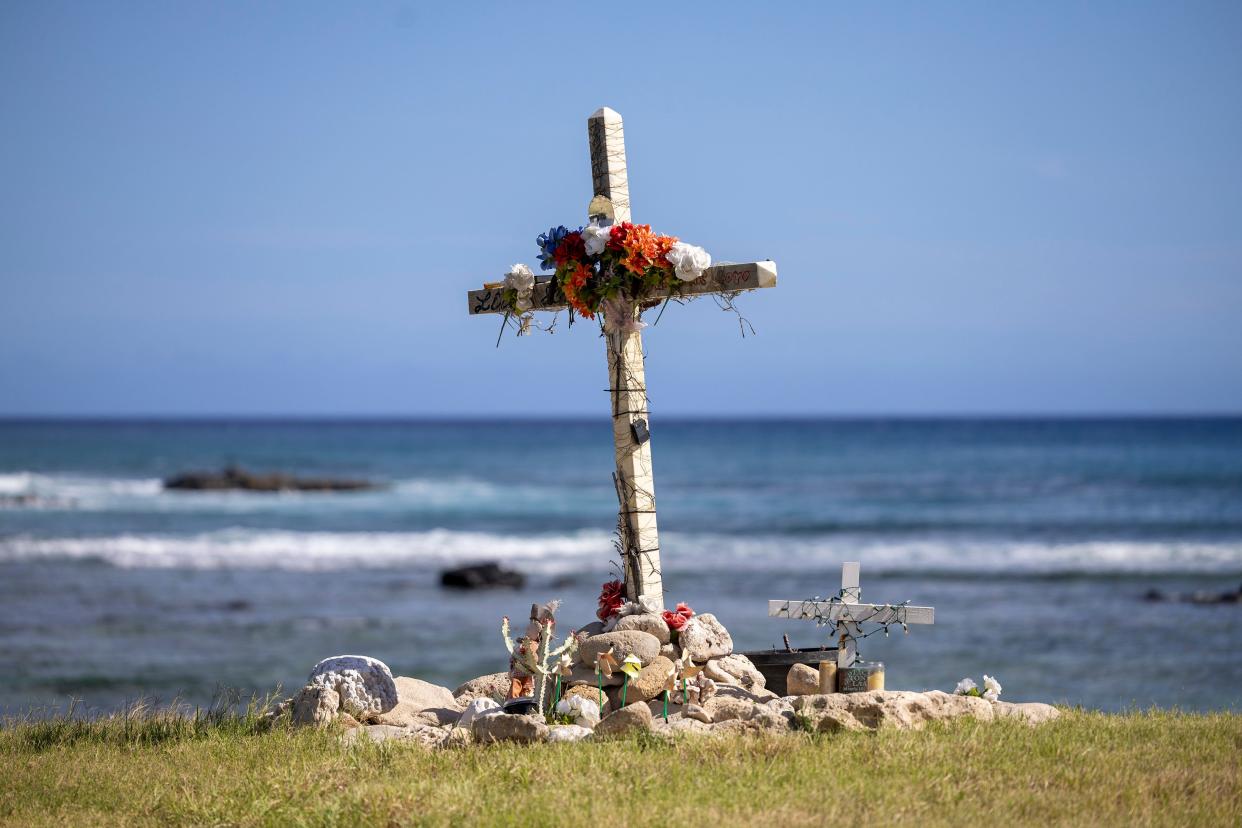
HONOLULU — Locals tout the tangerine sunsets from Oahu's quieter west coast, but homeless tents that dot the ocean's edge hint at a growing problem — poisons in paradise brought in by Mexican cartels.
The dominant super cartels — Sinaloa and its rival, the Cártel Jalisco Nueva Generación, known as CJNG — run drug pipelines through California and Nevada to flood Oahu with meth and other drugs, including fentanyl, said Victor Vazquez, assistant special agent in charge of the U.S. Drug Enforcement Administration's operations in Hawaii.
"It's alarming," he said. "If it wasn't for the ocean, the drugs would be driven straight to Waikiki," referring to the bustling tourist spot of Honolulu's south shore, lined with high-rise hotels, restaurants and shops.
Similar to remote Alaska, cartels face less competition in Hawaii, when compared to the mainland, so they can demand a higher price.
Drug networks also sneak cocaine and heroin into Hawaii, along with the meth and fentanyl, said U.S. Attorney Clare E. Connors, who oversees federal prosecutors in the District of Hawaii.
"We know it's cartel-generated drugs because of our interdiction efforts," she said.
Drug shipments first arrive in the state capital of Honolulu, often smuggled in air passengers' luggage or in mailed packages, she said. Then they are trafficked to the other Hawaiian islands.
"We also still see a lot of it coming in through body carry," Connors said, meaning from airline passengers hiding it on their bodies or in carry-on luggage.
"It is somehow making its way through TSA operations," she said, referring to the federal Transportation Security Administration checkpoints.
Mexican cartels' determination to target Hawaii — despite its remote location in the middle of the Pacific Ocean — illustrates a key money-making strategy to reach their tentacles far beyond major U.S. cities and into more remote states with fewer competitors and fewer police resources.
Oahu isn't the state's largest island, but it's dubbed the "Heart of Hawaii," remaining one of the most famous and visited locations. Visitors, including drug traffickers, first fly in to Honolulu, the state's busiest airport and home to the Pearl Harbor National Memorial, even if they plan to continue on to another island.
Some drug shipments remain in Honolulu, but others are spread to all corners of the island, Vazquez, the DEA supervisor, said. This creates an often hidden dichotomy between the happy vacationers and downtrodden residents battling addiction.
"No one should be surprised," Vazquez said. "Everybody should be aware it affects all 50 states and the territories."
On Oahu's eastern coast, known as the windward region, tourists are drawn to the lush rainforests and dramatic valleys featured in movies such as Jurassic Park. The island's North Shore is known for world premier surfing competitions and a more relaxed vibe, along with Dole's pineapple fields.
To the southeast, snorkeling attracts millions of visitors annually to the cobalt and teal waters of Hanauma Bay, a nature preserve formed within a volcanic cone.
Every region of Oahu has been impacted by the drug crisis, Vazquez said, but the hardest hit is the leeward region, or west side, lauded by many locals for having the island's best sunsets and home to a large Native Hawaiian population. It's also home to a number of crime-riddled areas.
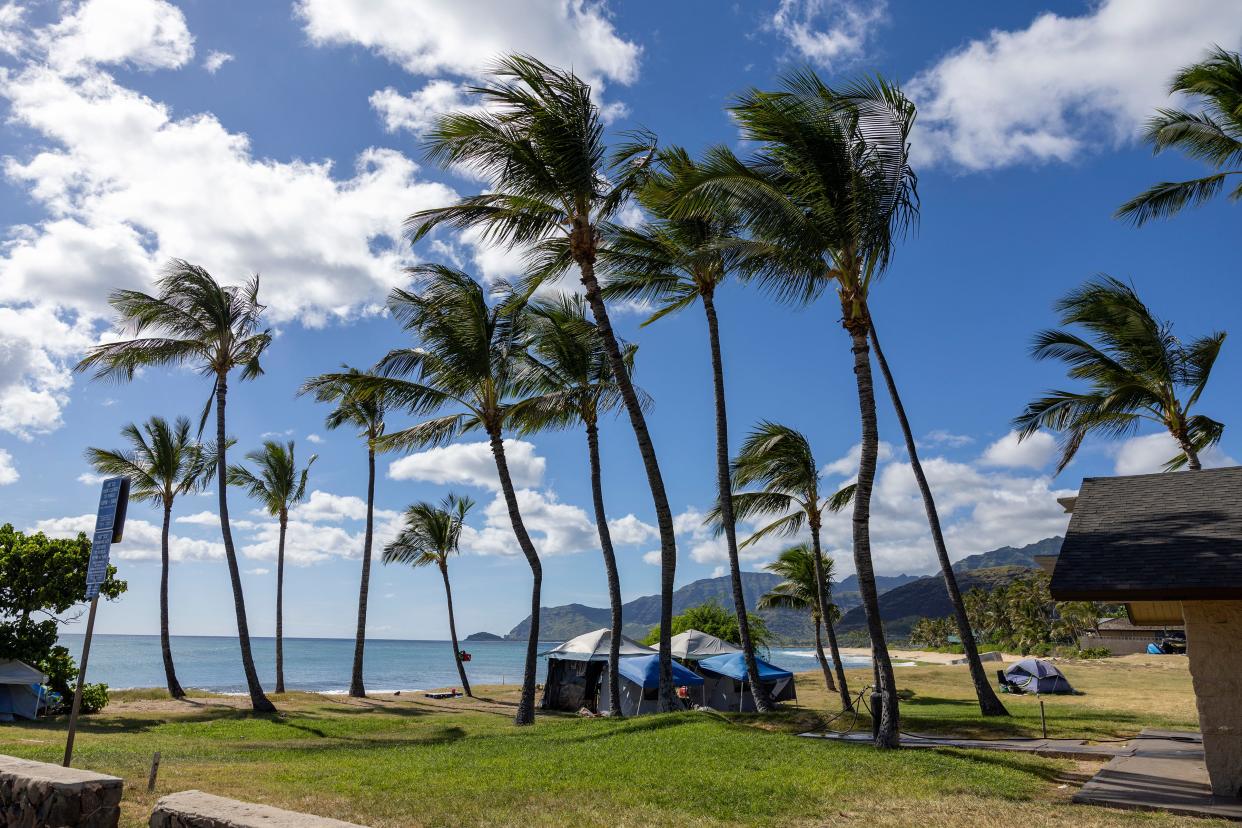
"I am very concerned that it is at our door stop and that we will start seeing more tragic consequences in our state amongst our youth," Connors said.
To better understand the scope of the drug crisis in Hawaii, a Courier Journal reporter spent several days on Oahu in June talking to the DEA, local police, an emergency room doctor and leaders and participants of a leeward region recovery program for Native Hawaiian men, most of whom served time in jail.
Synthetic drugs, such as fentanyl and meth, are blamed in nearly all fatal drug poisonings across the U.S., according to the DEA's 2024 National Drug Threat Assessment.
Gary Yabuta, a veteran lawman and retired Maui police chief, said meth has remained the dominant drug plaguing Hawaii for decades. The drug brings a jolt of energy, but also can lead to paranoia and violence.
Meth doesn't always get the full blame it deserves, doctors say, because it can kill slowly over time, often causing heart failure.
Meth on the streets today, dubbed "ice," typically has a purity close to 100%, much more lethal than the 50% purity of one-pot home labs popular across the U.S. years ago.
"I call methamphetamine death a cancer ― you die one day at a time," said Yabuta, who now works in Honolulu overseeing the state's High Intensity Drug Trafficking Area task forces.
"It's smuggled across the border by the cartel gatekeepers," Yabuta said. "It has devastated Hawaii."
Yabuta and DEA agents also have noticed an increase in fentanyl, a manmade opioid that now reigns as the No. 1 drug killing Americans.
A "Blue 30" or fake oxycodone pain pill sells for as low as $2 in Los Angeles, but can fetch $16 or more in Hawaii, exemplifying what attracts the cartel powerhouses to the islands, Vazquez said. Seven out of every 10 pills seized in the U.S. by the DEA now contain a potentially lethal dose, according to the agency's cautionary "One Pill Can Kill" campaign.
A year ago, the DEA formed an overdose response task force, partnering with local police and the federally funded drug investigators overseen by Yabuta. They trace the overdose victim's last contacts, looking at texts and calls, to track the source of the deadly dose.
A mission to warn Hawaiians about the dangers of meth use
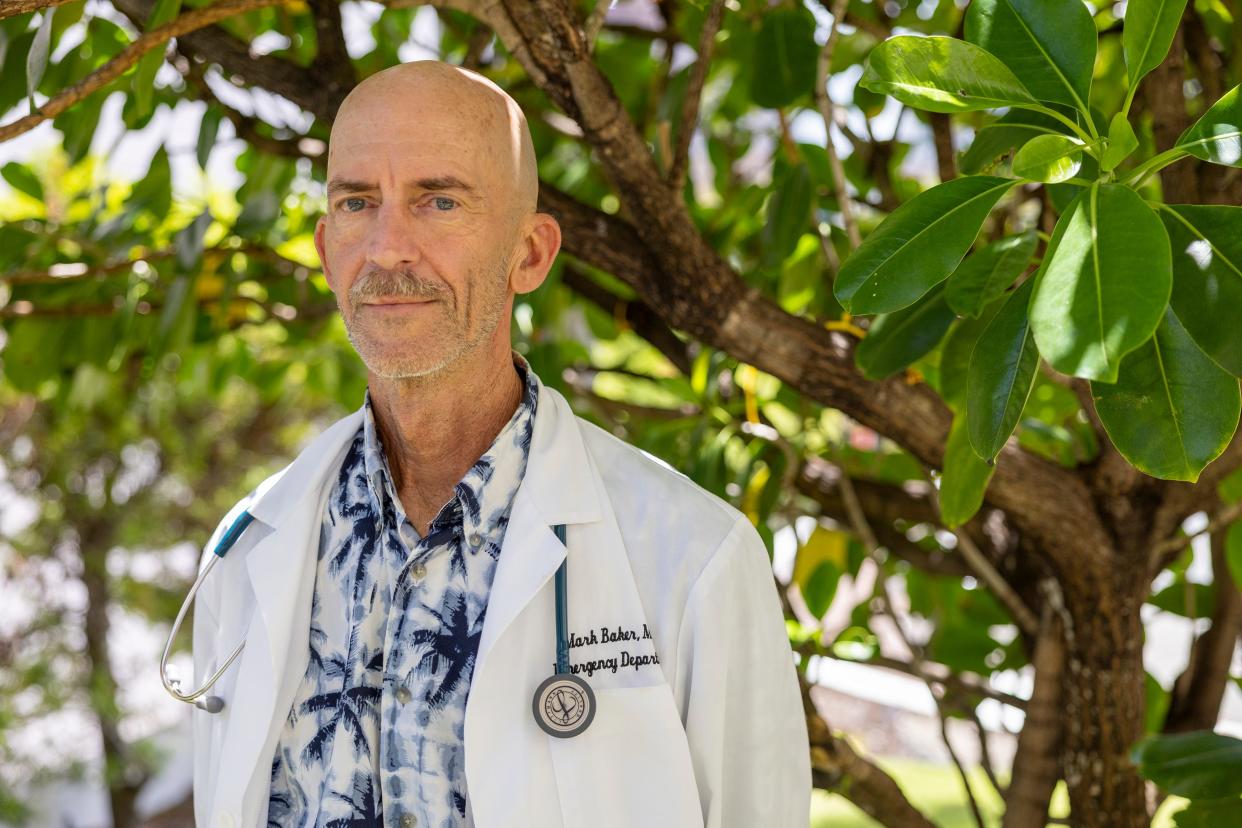
Dr. Mark Baker, an Oahu emergency medicine specialist, said he often asks those who survive an overdose when they first used meth. Some admitted they first tried the highly addictive drug as young as age 11.
"Long-term problems from meth are mostly heart failure and psychiatric problems," Baker told The Courier Journal in a recent interview during a brief break from emergency room duties.
"If somebody is homeless, their chances of starting to use meth are pretty high, and if somebody starts to use meth, their chances of becoming homeless are pretty high."
Baker founded endmeth.org and spends much of his free time on a mission to warn Hawaiians about the dangers of meth use.
On the hardest hit west side, in the community of Waianae, the Ho’omau Ke Ola treatment program guides native Hawaiians, many of whom served time in prison, through addiction treatment by tapping into culture. The program offers residential treatment for 75 days, as well as a variety of outpatient services, said the program's executive director Momi Nelson.

The current program participants recently gathered on a mountain in the valley of Mount Kaala, Oahu's tallest peak at 4,000 feet. The men clasp hands and take turns during individual and group chants, asking ancestors for permission to walk on the land, dotted with thick trees and budding orange and fuchsia flowers.
Hyimeen Akiona, the cultural director with the program for a decade, teaches the prayerful chants to drive away the negative and harmful thoughts and actions and to focus on gratitude and a brotherhood.
"They need that sense of belonging," Akiona said.
After the men work up a sweat outdoors, they often head to the ocean for a spiritual cleansing.
Akiona brags on program participants, like Taugaifala Fatu, who have emerged as leaders. He went from jail to the program in November and is thriving.
“You can change your life through your roots,” said Fatu, who served prison time for an assault.
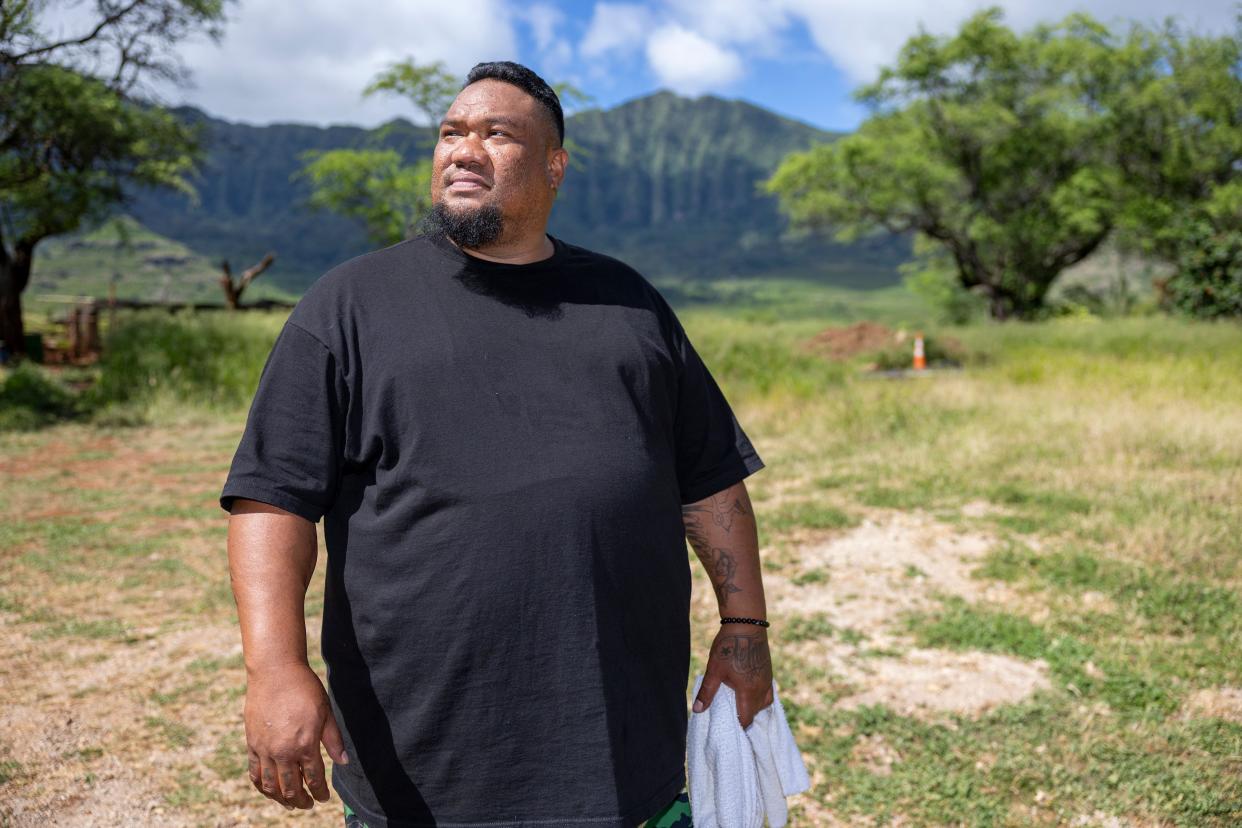
Keali'i Siazon, who served time behind bars for theft and meth charges, said the program gives him much needed structure in his life.
"We become one, like a family," he said.
While these men are benefiting from recovery treatment, on average, Native Hawaiian-Pacific Islander men and women are three times less likely to receive treatment for mental health services and medication for mental health issues compared to non-Hispanic white men and women, according to a 2019 finding by the Office of Minority Health, part of the U.S. Department of Health and Human Services. Untreated anxiety, depression and other mental health issues often lead to substance abuse.
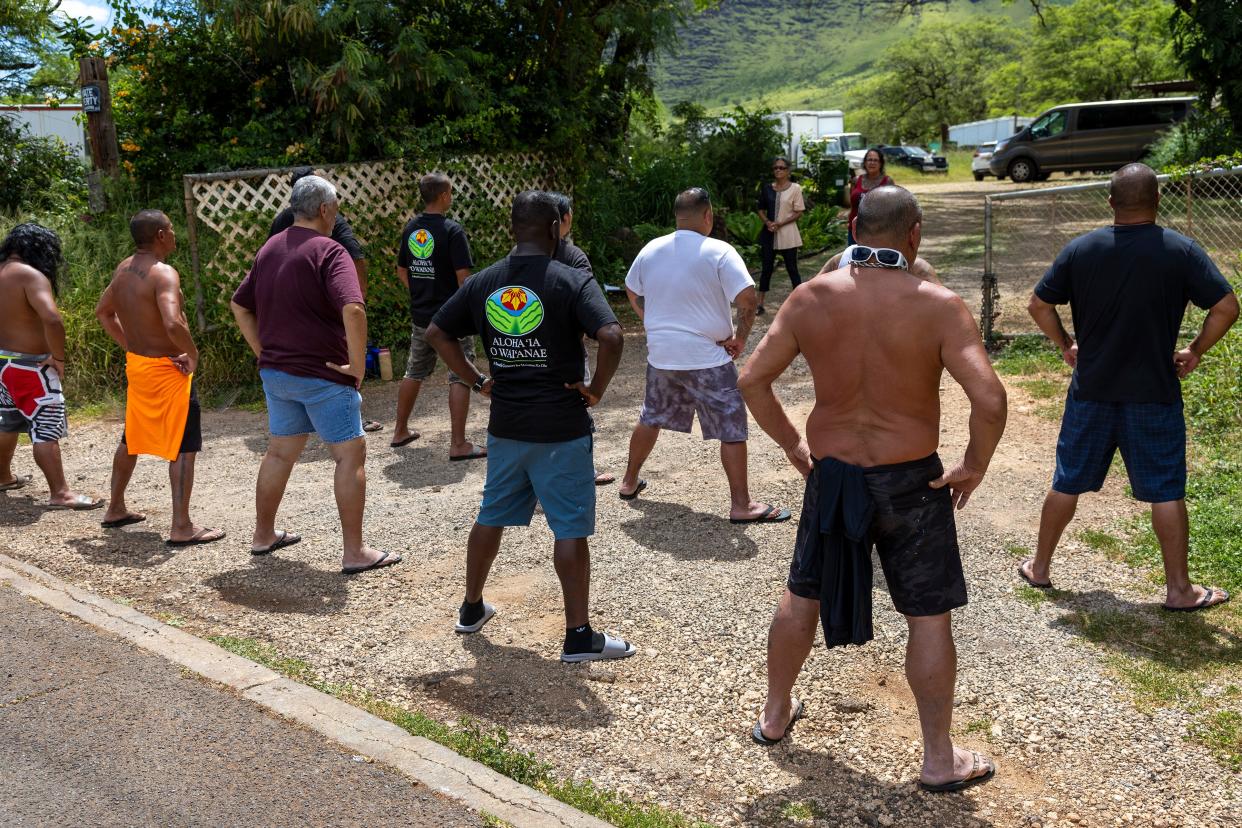
The state of Hawaii developed a five-year plan in 2022 to promote “culturally appropriate” and comprehensive mental health and drug addiction treatments through the Hawaii State Department of Health's Alcohol and Drug Abuse Division. Some programs offer treatment through equine therapy, group nature hikes, sunset yoga and ocean therapy, which includes surfing and swimming with dolphins.
Along with treating overdose patients and those suffering from heart illness, Baker said he will continue to focus on prevention through his partnership with state department of health officials, other emergency room physicians and veteran narcotics investigators.
"It's not going to get better until we, as an entire community, do something to recognize how bad the problem is," the doctor said. "And take steps to end it."
More: How police rescued a woman from a ritual killing amid massive Mexican trafficking network
This article originally appeared on Louisville Courier Journal: Sinaloa Cartel and CJNG target Hawaii with fentanyl and meth.




